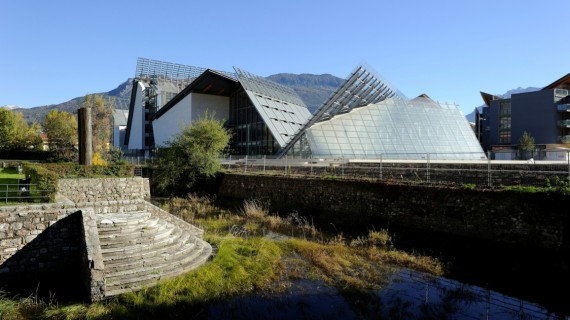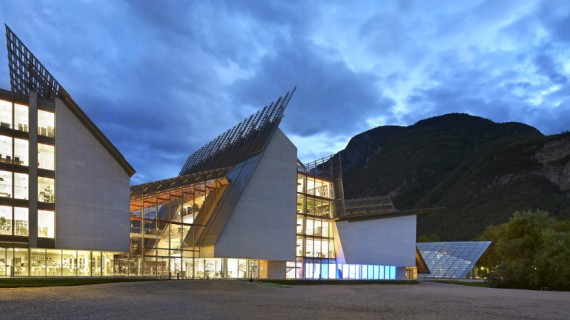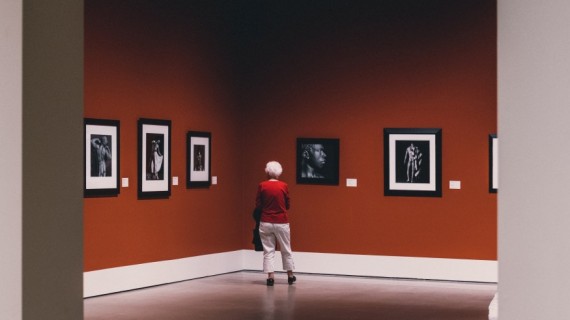Green growth: what can we do to achieve it? The new sustainability gallery at MUSE in Trento (Italy) shows the possible future scenarios of our planet
One of the most significant issues of recent years is that concerning sustainable development and green growth. Because of different phenomena, like fires and deforestation, the planet is going towards an irreversible future characterized by the scarcity of renewable resources. This could lead to serious consequences not only for the Earth but also for humans who would end up living in an unfavorable environment for development and life.
The new Gallery inaugurated at the Museum of Science in Trento is dedicated to the goals of the UN’s 2030 Agenda for Sustainable Development, which consists of 17 sections, including gender equality, clean water, economic growth, responsible consumption, and many more subjects.
The Gallery dedicated to sustainability considers different possible scenarios which could affect the Earth. Its aim is to raise awareness of the problems that concern the planet, with the aim of revising our daily habits for a healthier and cleaner world.
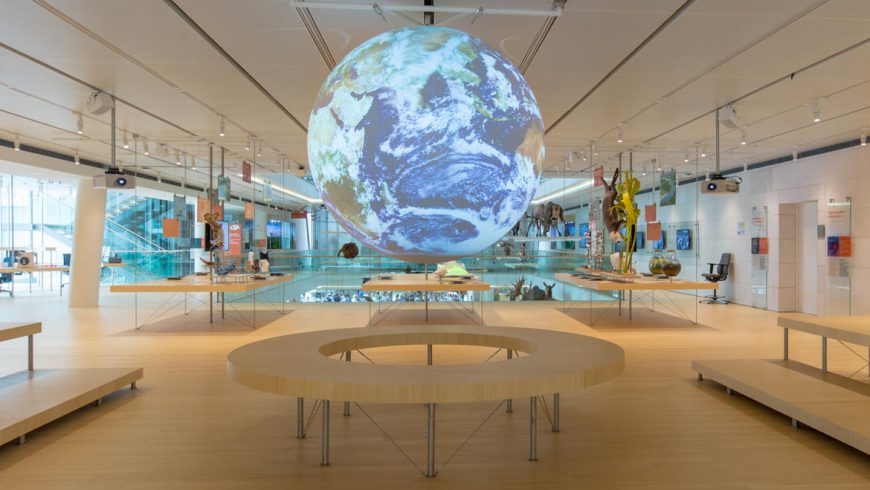
Nevertheless, this change cannot occur if only a small group of people implement these measures: we need community and active cooperation from all of us; it has to be a culture change.
The Gallery on sustainability topics has been organized to minimize the expenditure of resources: the products that have been used are recycled.
The exhibition highlights how numerous events are causing the world to suffer a crisis which is leading to unsustainability.

Increase in Population and Depletion of Resources
In recent years the population has increased dramatically, and this could lead to the scarcity of available resources in nature. There are some renewable resources, yet the velocity with which humans are using them is overcoming the velocity with which the environment is restocking them.
Another important function of the Earth is reabsorbing garbage but we are producing it too quickly and the environment cannot metabolize it.
“Sustainable development is the development that meets the needs of the present without compromising the ability of future generations to meet their own needs”. (Definition by the Conference on Environment and Development)
Therefore, a sustainable society should manage the stock of resources responsibly not only at an intragenerational level, within the same generation, but also at an intergenerational level, considering the needs of the future generations: everyone should have the same rights.
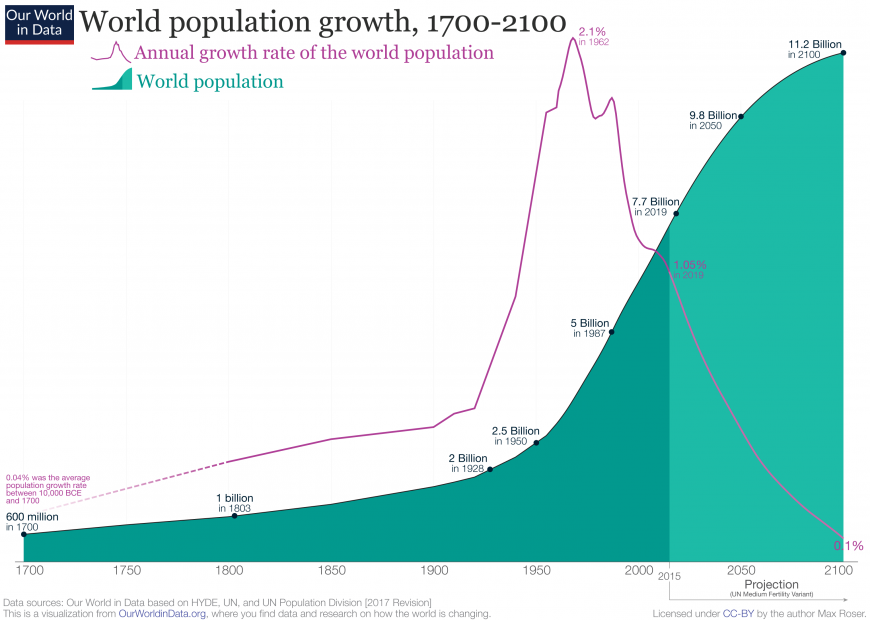
Climate Change
The temperature of the planet is increasing: this change seems slow but it’s faster than we might think and it’s very dangerous.

Most scientists argue that global warming is caused in part by the combustion of carbon, oil, and natural gas, by deforestation and fires. Greenhouse gasses are released when fossil fuels are burnt. These travel more slowly and cause heat to stay on the planet, increasing its temperature.
Livestock farming too contributes to the phenomenon. Many places are indeed deforested and reserved for this activity: yet this is not the only factor that causes damage to the Earth, we also need to consider the high consumption of energy used for breeding.
All these issues could lead to dangerous environmental and social consequences, indeed they could affect food production, cause extraordinary meteorological events and help spread infective diseases.
Biodiversity
Another important phenomenon is the loss of biodiversity. Scientists claim that in 25 years around 10% of all the species will be extinguished. According to the UN, 70% of fish stock is overexploited: only 10% of large size fish is left in the sea. Their scarcity is not only a threat for the future of fish and of the workers in that field, but also it could drastically alter the ecosystem, leading to unknown global consequences.
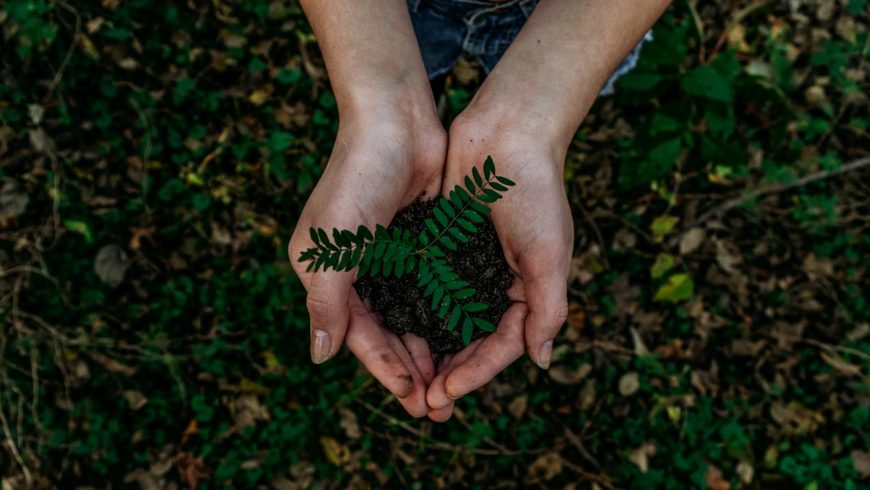
Sustainability Culture
To achieve green growth we need everyone to play their role. It’s necessary to reduce inequality: it’s inconceivable to propose a sustainable development model to poorer countries as they wouldn’t be able to adapt and invest in eco-friendly services. Furthermore, richer countries use more products and services and, consequently, they tend to pollute more.
Therefore, people in developed countries could modify some daily habits to contribute to the planet’s welfare by limiting meat consumption and turning lights and water off if not needed.
Companies should take a sustainable approach too. The depletion of resources could also have negative effects on the economy, thus businesses should invest in eco-friendly services, decrease the expenditure of resources and adjust to environmental legislation.

The gallery shows that people shouldn’t underestimate the issue of sustainability: we should act before it’s too late. The only way to achieve a real change to save the ecosystem is by cooperating.
People, society, and organizations are part of a network with the aim of protecting the planet. One solution could be rewarding those who act responsibly and penalizing those who pollute.
Sustainability is not a status, it’s an improving process that needs to combine the fundamental aspects for development: environment, economy, and society.
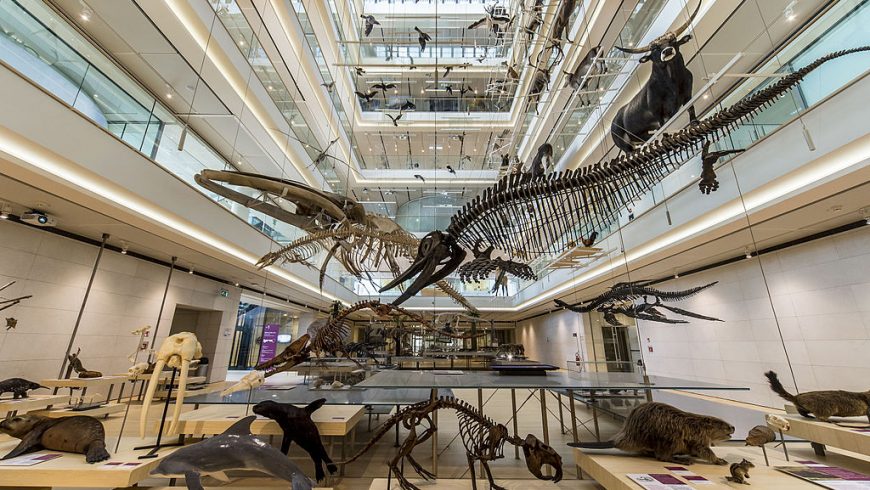
Info: timetables and information to visit the MUSE gallery
Cover image by Matteo De Stefano/MUSE, via Wikimedia
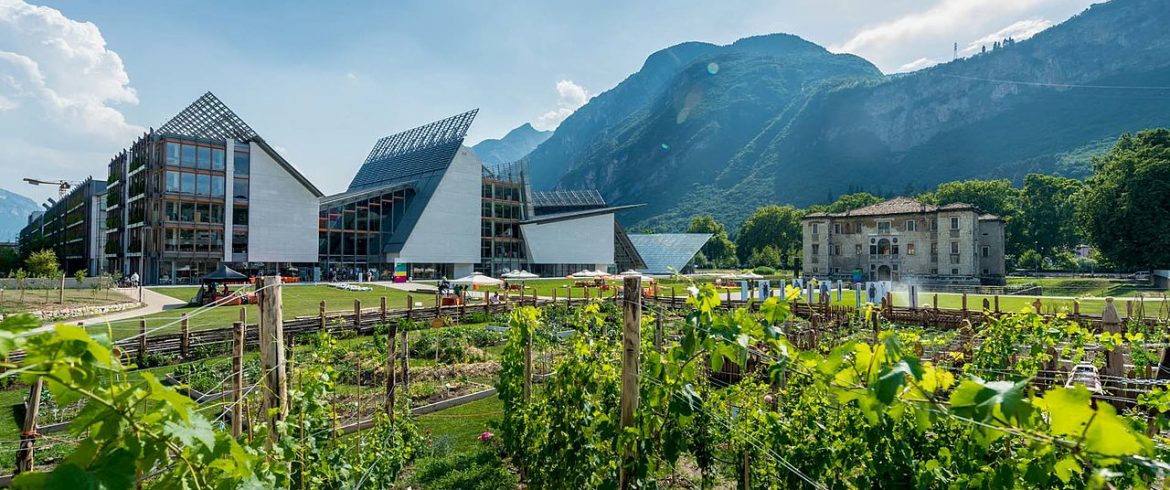
 B&B Casa sul Lago – Green Bed & Breakfast in Calceranica al Lago, Trento, Trentino-Alto Adige/Südtirol, IT
B&B Casa sul Lago – Green Bed & Breakfast in Calceranica al Lago, Trento, Trentino-Alto Adige/Südtirol, IT  Garnì Lago Nembia – Green Bed & Breakfast in San Lorenzo Dorsino, TN, Trentino-Alto Adige, IT
Garnì Lago Nembia – Green Bed & Breakfast in San Lorenzo Dorsino, TN, Trentino-Alto Adige, IT 